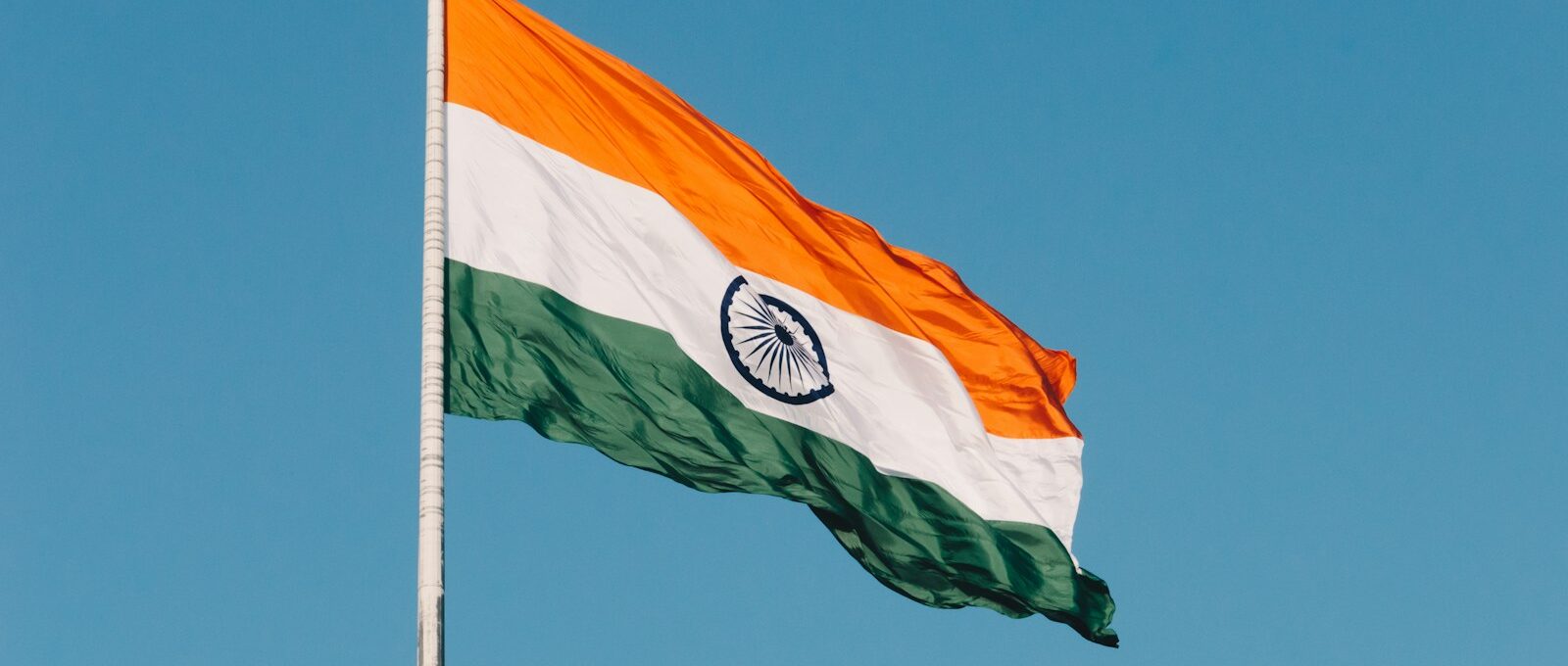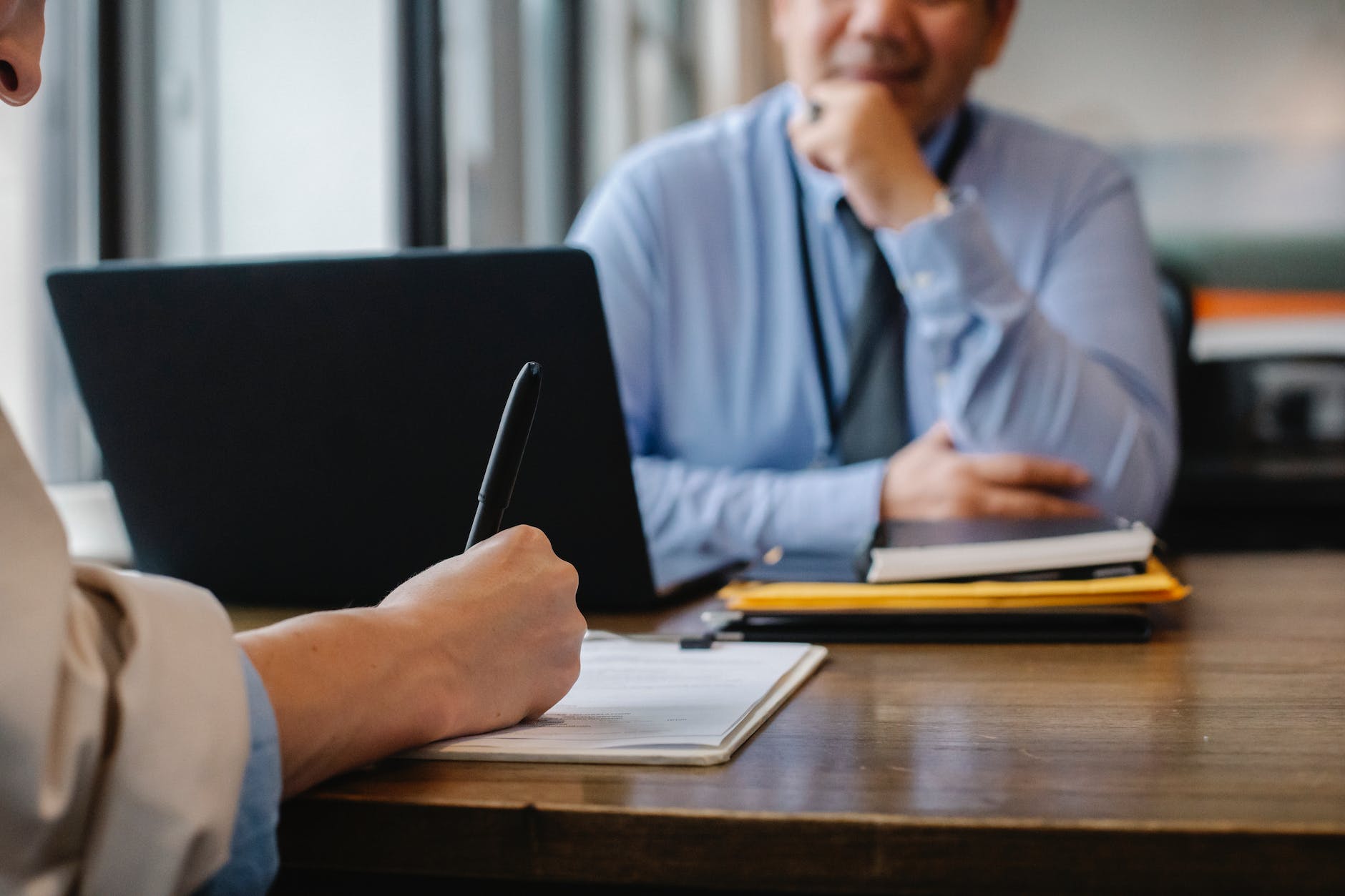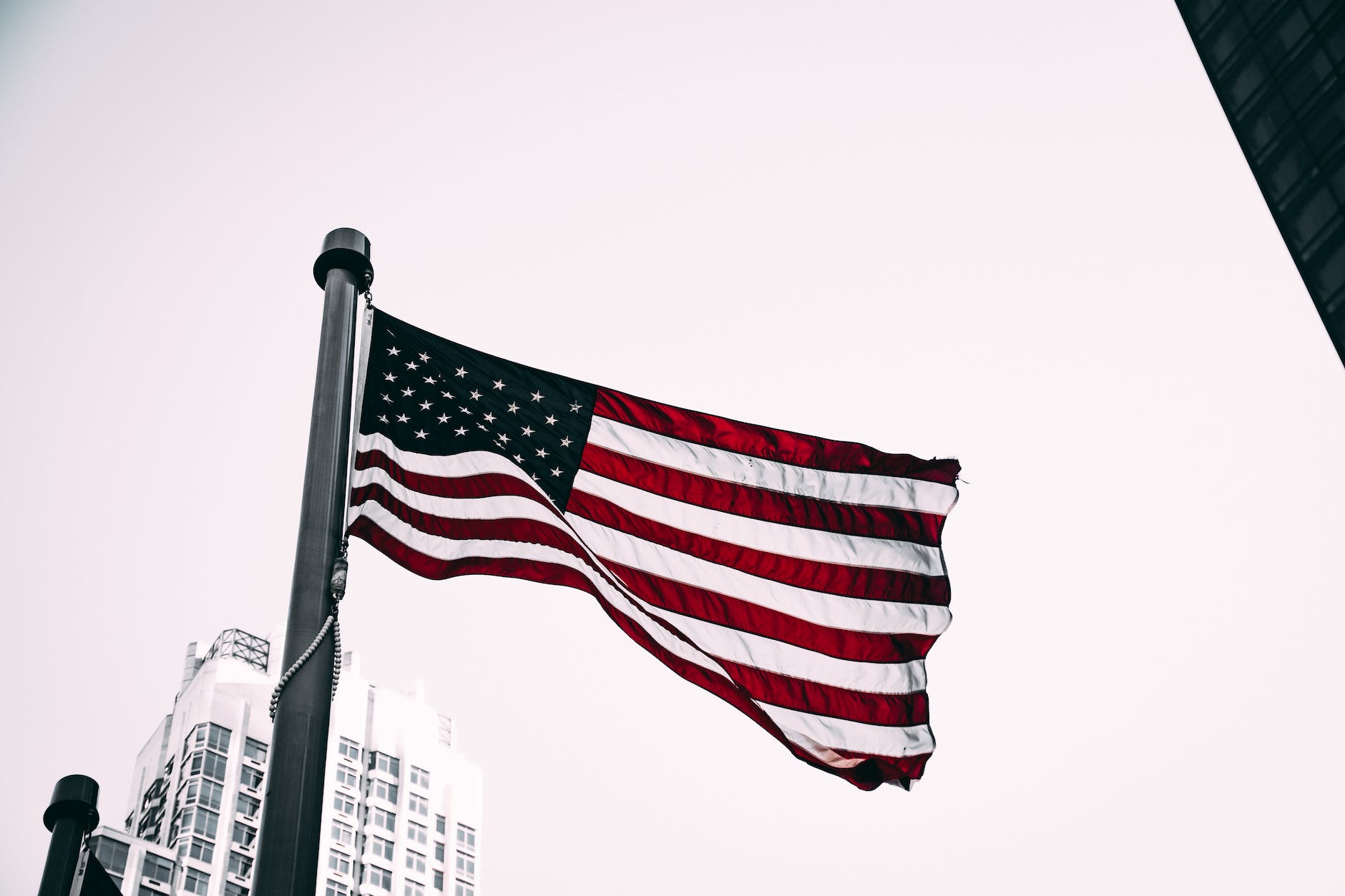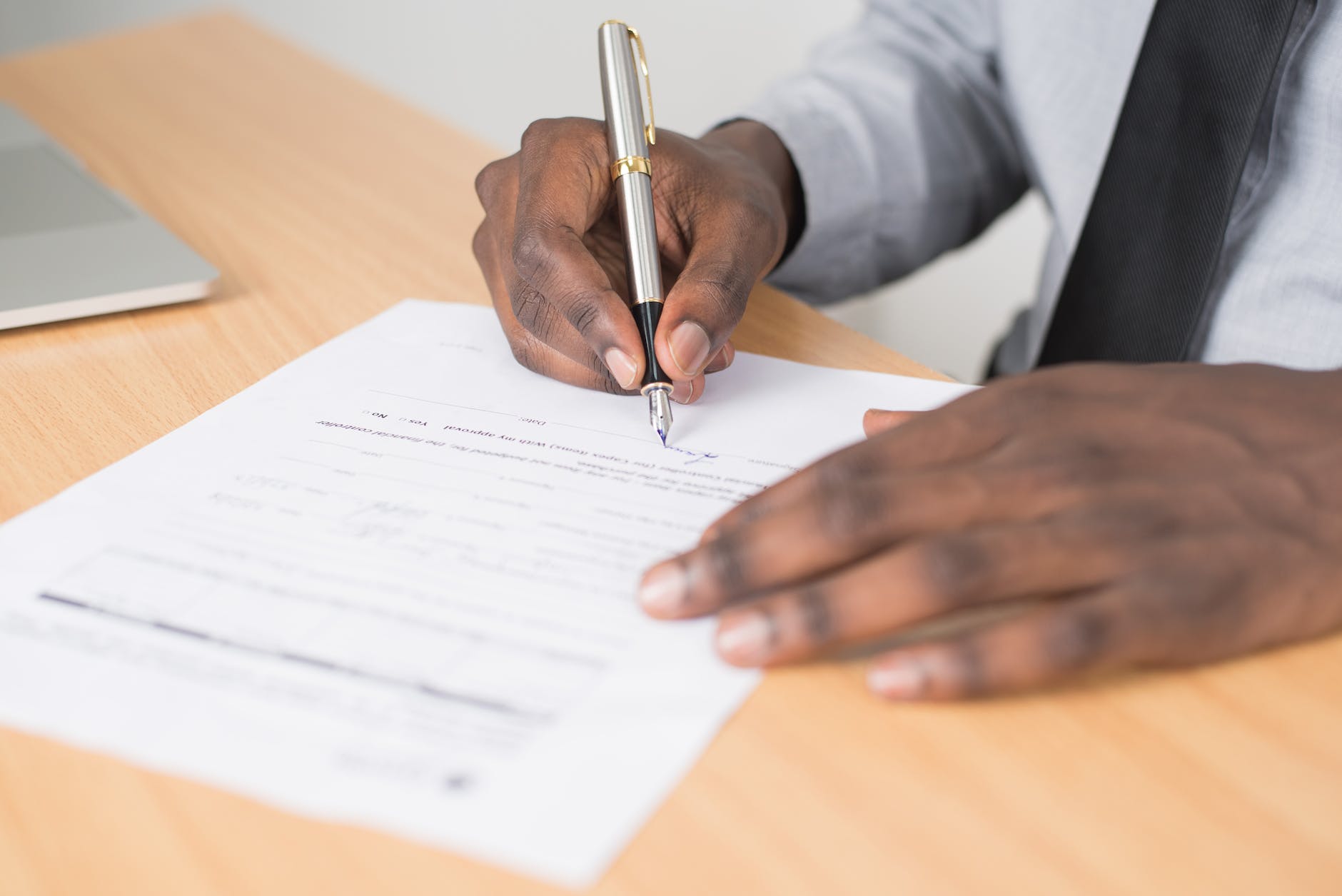Planning a trip to the United States from India? You’ll need to navigate the process of obtaining a US visitor visa or a US tourist visa. It’s a crucial step to ensure your American dream vacation is within reach. Whether you’re visiting family, exploring tourist hotspots, or attending a business conference, securing your visa is your ticket to a hassle-free journey.
Understanding the ins and outs

US Visitor & Tourist Visa Guide for Indians
Planning a trip to the United States from India? You’ll need to navigate the process of obtaining a US visitor visa or a US tourist visa. It’s a crucial step to ensure your American dream vacation is within reach. Whether you’re visiting family, exploring tourist hotspots, or attending a business conference, securing your visa is your ticket to a hassle-free journey.
Understanding the ins and outs of the visa application can be overwhelming, but don’t worry. You’re about to dive into a comprehensive guide that’ll walk you through the essentials of getting your US visitor visa from India. Get ready to embark on an exciting adventure with peace of mind, knowing you’ve got all the visa know-how at your fingertips.
What is a US Visitor Visa?
Understanding the essence of a US Visitor Visa is crucial as you plan your trip. Commonly referred to as a B visa, it encompasses two primary classifications: B-1 for business visitors and B-2 for tourism, visit to friends or relatives, and medical treatment. If your travel purpose doesn’t strictly fit into business activities like consulting with business associates, attending scientific, educational, professional, or business conventions/conferences, or negotiating contracts, you’ll likely need a B-2 tourist visa.
A US Visitor Visa is a non-immigrant visa allowing you to enter the United States temporarily. It’s important to realize that this visa is not for work or long-term residence. However, the process is intertwined with immigration policies since you must prove to the U.S. consulate that you intend to return to your home country after your visit.
The visa comes in the form of a sticker or stamp in your passport and is obtained after a successful application and interview at a U.S. embassy or consulate. You’ll need to present evidence that substantiates your purpose of visit, financial stability, and your strong ties to India, ensuring your return.
When applying for a Visitor Visa, the validity period and the length of stay are determined by the U.S. consular officer. Normally, these visas are issued for up to 10 years with a single or multiple entry option, and allow a maximum stay of 6 months per visit. Nevertheless, the officer at the port of entry has the authority to grant or deny admission, and to determine the duration of your stay.
Remember, even with a valid Visitor Visa, admission into the United States is not guaranteed. Each entry is subject to inspection by Customs and Border Protection officers at the port of entry who validate your authenticity and purpose of the visit.
Applying for and using a US Visitor Visa requires careful planning. Be sure to consider appointment wait times, prepare meticulously for your interview, and understand the parameters of your allowed activities under the B visa classification.
Types of US Visitor Visa
B-1 Visa (Business Visitor)
When you’re planning a business-oriented trip to the United States, the B-1 Visa is tailored for your needs. Typically, the B-1 Visa is suited for those engaging in business activities of a professional or commercial nature. These activities include consulting with business associates, attending scientific, educational, professional or business conventions/conferences, settling an estate, or negotiating a contract. However, it’s crucial to understand that this visa does not permit you to obtain employment in the US.
- To apply for a B-1 Visa, you’ll need to demonstrate the purpose of your visit is strictly business-related.
- Your stay in the US is temporary, and you must show evidence of funds to cover your expenses while in the country.
- Immigration officials will require proof of your compelling ties to India, ensuring your return after your visit.
B-2 Visa (Tourism and Vacation)
If you’re dreaming of exploring the Grand Canyon or enjoying the thrills of Walt Disney World without the constraints of business agendas, the B-2 Visa is your gateway to leisure travel within the US. The B-2 Visa is ideal for those visiting for tourism, vacationing, seeing family and friends, or receiving medical treatment. It’s the go-to option for anyone looking to experience American culture firsthand, attend social events, or simply relax and travel around the country.
- Ensure that you can provide evidence of the tourism-focused nature of your trip.
- You’ll need to prove that your visit will be temporary and that you have sufficient funds to support yourself during your stay.
- Confirming your intent to return to India is paramount; presenting strong social and economic ties to your home country can be very persuasive.
By understanding the distinct parameters and requirements of the B-1 and B-2 visas, you can better prepare for your upcoming journey and ensure that your visit aligns with US immigration policies. Remember to compile all necessary documentation that supports your visa category to avoid any mishaps during the application process.
Eligibility for US Visitor Visa
Purpose of Travel
Understanding the exact nature of your trip is crucial when applying for a US Visitor Visa. Consular officers will evaluate whether your stated purpose aligns with the activities permitted under a B-1 or B-2 visa. For a B-1 visa, your itinerary must be consistent with business-related activities such as attending conferences, consulting with associates, or negotiating contracts. On the other hand, a B-2 visa requires proof that you’ll be engaging in tourism, visiting friends or relatives, or seeking medical treatment. Be transparent and concise with your travel objectives to avoid jeopardizing your application.
Financial Stability
Proving your Financial Stability is a significant step in the visa application process. You’ll need to demonstrate to the consular officer that you have sufficient funds for your trip and can cover all expenses without unauthorized work in the US. Bring financial documents like bank statements, employment letters, and income tax returns to your interview. Ensuring your financial affairs are in order reflects responsible planning and supports the temporary nature of your visit.
Strong Ties to Home Country
Your connections to your home country serve as an assurance that you’ll return after your trip. Evidence of strong ties includes employment, property ownership, family responsibilities, or ongoing education. The burden of proof rests on you to convince immigration authorities of your intent to depart the US when required. Detailed documentation and honest responses during your interview are effective ways to establish the life you’ve built at home.
Previous Travel History
A solid travel history can positively impact your visa application. Past compliance with immigration laws, especially in countries with stringent entry requirements, communicates that you respect and adhere to visa regulations. If you’ve previously traveled to the U.S. or other countries on short-term visas, ensure such records are up-to-date and accessible. This history, especially if it’s violation-free, can be a testament to your reliability as a traveler.
Applying for a US Visitor Visa from India
Embarking on the journey to secure a US visitor visa from India requires attention to detail and an understanding of the process. Dive into the steps to ensure you’ve covered all the bases for a successful application.
Complete the DS-160 Form
Your first step is to meticulously fill out the DS-160 form, the standard online nonimmigrant visa application form used by all US consulates worldwide. It’s crucial to provide accurate and updated information. Here’s your checklist:
- Personal Information: Ensure all your personal details are consistent with your passport.
- Travel Plans: Outline your trip, even if the finer details are yet to be finalized.
- US Contact Information: If you’re visiting friends or relatives, have their details handy.
- Background Questions: Answer all security and background questions truthfully to avoid complications.
Remember, once you submit your form, you can’t make changes. Double-check your entries before hitting that submit button.
Pay the Application Fee
Paying the non-refundable application fee is your next milestone. As of the latest update, the fee for B-1/B-2 visas stands at $160. Payment methods usually include:
- Bank Electronic Payment via NEFT
- Mobile Payments like IMPS
- Over the counter cash payment at designated banks
Payment confirmation might take up to two business days to process. Keep your receipt as proof, you’ll need it for your visa interview appointment.
Schedule Visa Interview
Once you’ve completed the form and payment, scheduling your interview at the US Embassy or Consulate is imperative. Keep these tips in mind:
- Early Planning: Schedule your interview as soon as possible, as wait times can be lengthy.
- Documentation: Compile all required documents, including your DS-160 confirmation page, payment receipt, and current and old passports.
- Preparation: Brush up on common interview questions. Interviews are brief, and your ability to convey your travel purpose and intent to return to India succinctly will be tested.
Tackling each step with precision will bring you closer to obtaining your US visitor visa. Stay informed, organized, and proactive throughout the process.
Preparing for the US Visitor Visa Interview
Navigating the immigration process requires careful preparation, especially when you’re gearing up for the US Visitor Visa interview. This crucial step can be the deciding factor in whether you’ll be exploring the streets of New York or attending a business conference in Silicon Valley.
Gather Required Documents
Before you set foot in the consulate or embassy, make sure your documentation is meticulously organized. You’ll need to bring:
- Your passport, which must be valid for at least six months beyond your period of stay in the US.
- The DS-160 confirmation page with the barcode clearly visible.
- A recent photograph that meets the specifications provided by the US Department of State.
- Receipts proving your visa application fee has been paid.
- Appointment confirmation for your visa interview.
Being thorough with your documentation proves to immigration officials your validity as an applicant and your meticulous nature, traits that are highly regarded during the visa interview process.
Practice Interview Questions
To ease your nerves and project confidence, rehearse answers to common visa interview questions such as:
- What is the purpose of your visit to the United States?
- Do you have family or friends in the US?
- What are your plans after returning to India?
Practice delivering your responses candidly and with clarity. Remember, immigration officers are trained to assess your intentions, so honesty is paramount. By being well-prepared, you’ll not only communicate effectively but also demonstrate the seriousness of your travel plans.
Dress Professionally
First impressions are critical, and the way you dress for your interview can influence the officer’s perception. Adhere to these guidelines:
- Opt for business or business casual attire.
- Choose clothes that are neat, conservative, and free of distracting patterns.
- Ensure your overall appearance is groomed and tidy.
Dressing professionally signifies respect for the process and represents your commitment to align with the US’s professional standards, making you a favorable candidate in the eyes of immigration officials.
Attending the US Visitor Visa Interview
Arrive Early
You’ve got your interview date scheduled and are anticipating the final steps in securing your US Visitor Visa from India. The interview is a significant part of the process, so ensure you’re punctual. Aim to arrive at the US Embassy or Consulate at least 30 minutes before your scheduled interview. This extra time allows you to clear security protocols and calms any nerves, giving you a moment to gather your thoughts.
Be Prepared for Questions
It’s essential to be meticulously prepared for the type of questions you might face during your interview. Being asked about your trip’s purpose, your ties to India, and your financial situation is standard. Go beyond the basics; anticipate intricate questions that probe the credibility of your travel plans.
- Your travel itinerary should be clear and concise.
- Evidence of your employment and social ties to India will demonstrate your intention to return.
Review your DS-160 form thoroughly, as inconsistencies between your application and your interview responses could raise red flags.
Provide Honest and Clear Answers
During the interview, it’s paramount to maintain honesty and clarity. Consulate officers are trained to detect deceptive answers, which could jeopardize your visa application. Respond with brief, direct answers. If you’re unsure about a question, it’s better to admit it rather than fabricate a response.
Remember, the interview is not only about the information you provide but also about demonstrating your credibility. Each answer you give should reinforce your commitment to abide by immigration laws and your intentions to visit the United States solely for the purposes that align with your visa type.
Processing Time and Visa Approval
Administrative Processing
After you’ve navigated the paperwork and successfully completed your visa interview, your application enters what’s known as administrative processing. This is a security check to ensure that you meet all the requirements for entry into the United States. While most applicants find this process straightforward, it’s essential to prepare for some wait time. The duration can vary greatly, ranging from a few days to several weeks, and in rare cases, even longer.
During administrative processing, several background checks are conducted to verify your personal history and travel plans. It’s a routine part of the visa application process, ensuring that only eligible individuals receive a visa. Keep in mind that this step is out of your control, and patience is key. You can check the status of your application online using the unique case number received post-interview.
Approved or Denied
The outcome of your US Visitor Visa application from India can be either approval or denial. If your visa is approved, your passport will be stamped with your new visa, and you’ll be ready to finalize your travel plans. Once approved, you’ll typically receive your passport with the visa within a week, but it’s advisable to allow for extra time in your travel plans.
In the event your application is denied, don’t despair. It’s important to understand the reason for the denial, as outlined in the U.S. Immigration and Nationality Act (INA). Common grounds for denial include failure to provide sufficient evidence of ties to your home country or inability to demonstrate the purpose of your visit. Review the refusal reasons carefully; this will guide you should you choose to reapply in the future. Remember, reapplication is an option, and with better preparation and understanding of the requirements, you may increase your chances of future approval.
Conclusion
Embarking on your journey to the US starts with a well-prepared visa application. Remember, understanding the nuances between the B-1 and B-2 visas and tailoring your application to reflect your travel purpose is crucial. You’ve got the steps down—from filling out your DS-160 to acing the interview. Stay organized, be honest, and show that returning to India is in your plans. With all the tips at your fingertips, you’re ready to navigate the application process confidently. Good luck, and here’s to a successful visa interview and an exciting trip to the United States!



Leave a Comment